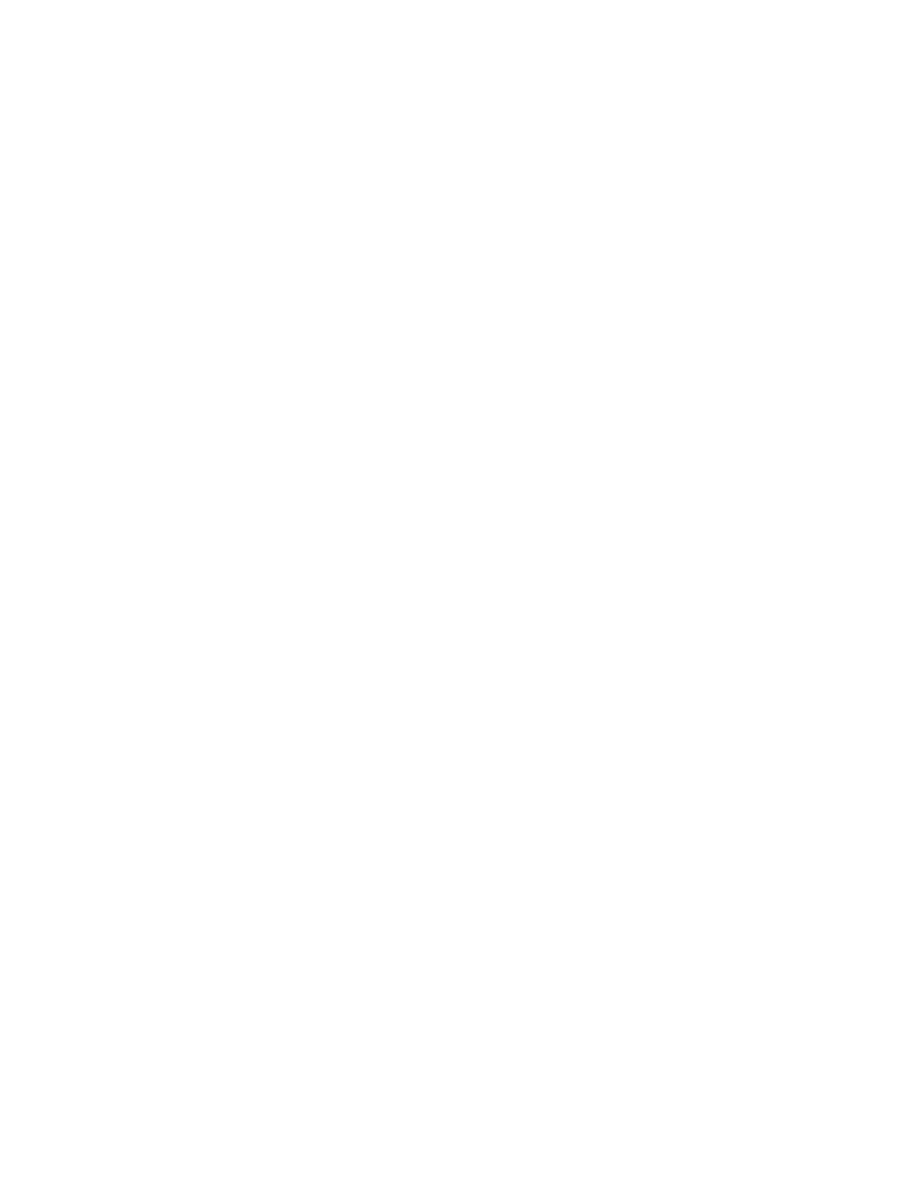
TM 55-4920-217-15
found to be in a rusted condition, they should be
33. Cleaning
thoroughly cleaned and heavily coated with an
application of clear lacquer.
Any special cleaning instructions required for
specific mechanisms or parts are contained in the
34. General Precautions in Cleaning
technical manual for the equipment. General cleaning
instructions are as follows:
a. Use drycleaning solvent to clean or wash grease
a. Drycleaning solvent is flammable and should not
or oil from all metal parts.
be used near an open flame. Fire extinguishers should
b. A solution of one part grease-cleaning
be provided when these materials are used. Use only in
well-ventilated places.
compound to four parts of drycleaning solvent may be
b. Drycleaning solvent evaporates quickly and has
used for dissolving grease and oil from the shop and
a drying effect on the skin. If used without gloves, it may
equipment other than optical instruments. After cleaning,
cause cracks in the skin, and in the case of some
use cold water on exterior surfaces of the shop, to rinse
individuals, a mild irritation or inflammation.
off any solution which remains. Operating equipment
c. Avoid getting petroleum products, such as dry
and hand tools, exclusive of optical instruments may be
wiped with a light lubricating oil.
cleaning solvent, mineral spirits paint thinner, engine
c. When authorized to install new parts, remove
fuels, or lubricants, on rubber parts as they will
any preservative materials, such as rust preventive
deteriorate the rubber.
d. The use of diesel fuel oil, gasoline, or benzene
compound, protective grease, etc.; prepare parts as
required (oil seals, etc.); and for those parts requiring
(benzol) for cleaning is prohibited.
lubrication, apply the lubricant prescribed in lubrication
order.
d. Name plates, caution plates, and instruction
plates made of steel rust very rapidly. When they are
Section IV. TROUBLESHOOTING
Probable cause
Possible remedy
35. Use of Troubleshooting Section
Cause beyond maintenance
This section provides information useful in
scope of operator ------- Notify second echelon
diagnosing and correcting unsatisfactory operation or
maintenance.
failure of the shop set or any of its components. Each
trouble symptom stated is followed by a list of probable
38. Electrical Equipment Stops During Operation
causes of the trouble.
The possible remedy
recommended is described opposite the probable cause.
Probable cause
Possible remedy
36. Procedure
Power cord of equipment
not properly plugged in
To correct malfunctioning of equipment, the cause
receptacle ---------------- Remove plug receptacle and
should be systematically isolated in accordance with
re-insert
fully
into
instructions in the following paragraphs. If the correction
receptacle.
of the malfunction is beyond the scope of the operator's
Equipment overheated------ Reduce operating speed;
function, refer the discrepancy of the proper
allow equipment to cool
maintenance echelon for correction.
and re-start.
Circuit breaker tripped to
37. Electrical Equipment Operates at Slow or
"OFF" position ----------- Re-set circuit
breaker to
Reduced Speed
"ON"
position;
re-start
equipment.
Probable cause
Possible remedy
Cause beyond maintenance
Loose connectors ------------ Tighten connectors.
scope of operator ------- Notify
second
echelon,
Circuit breaker in "OFF"
maintenance.
position-------------------- Return breakers to "ON"
position.
15

